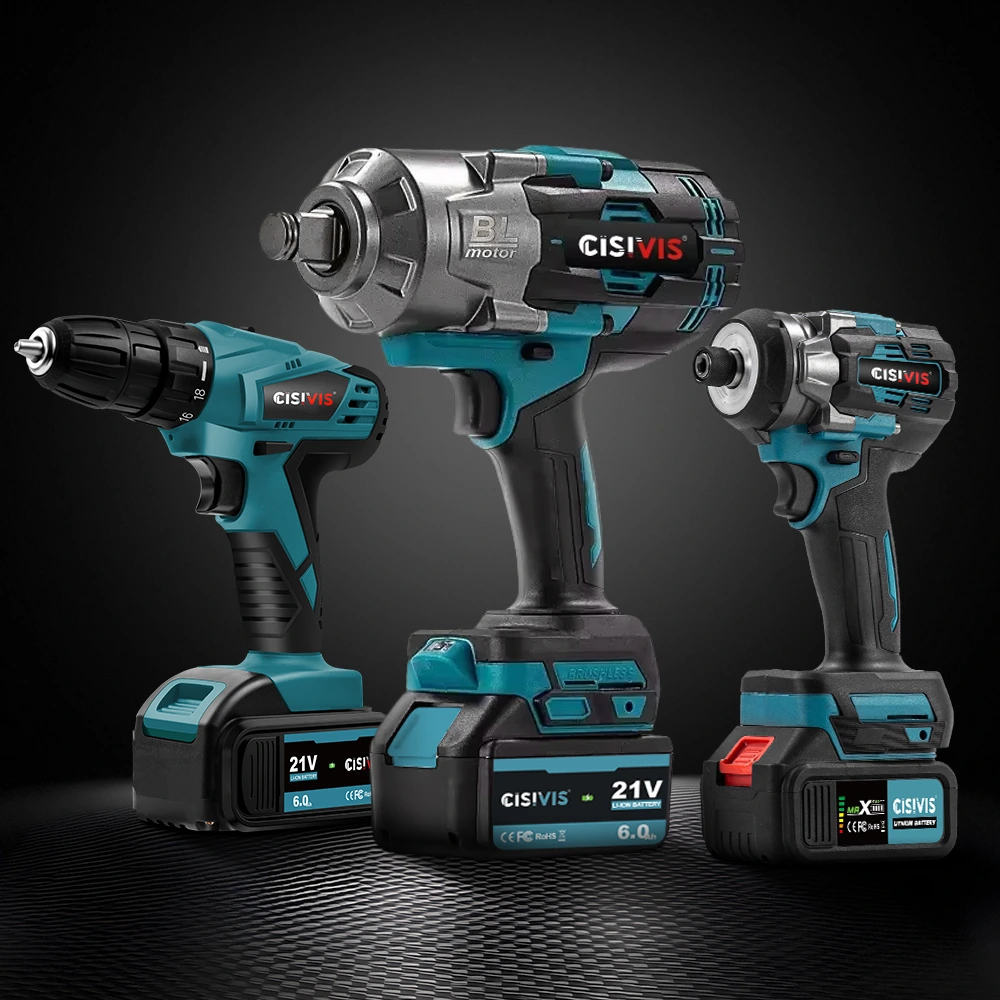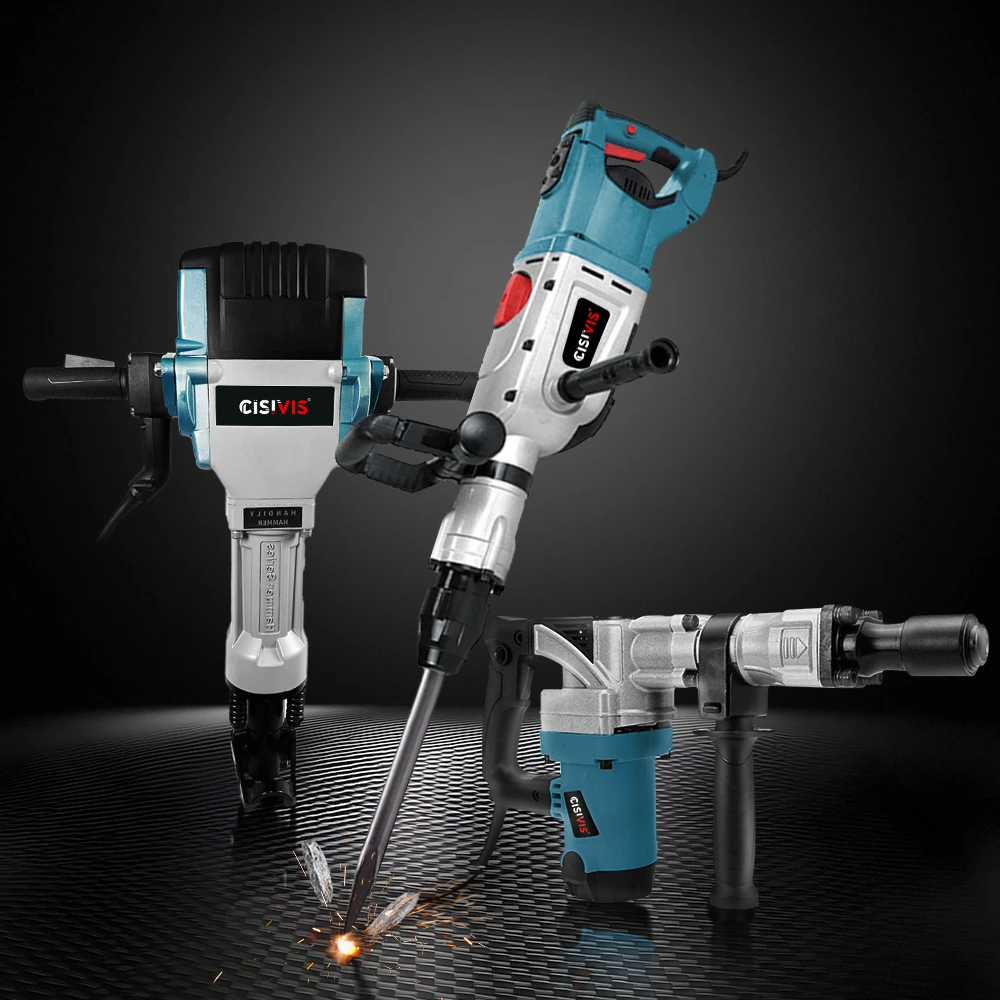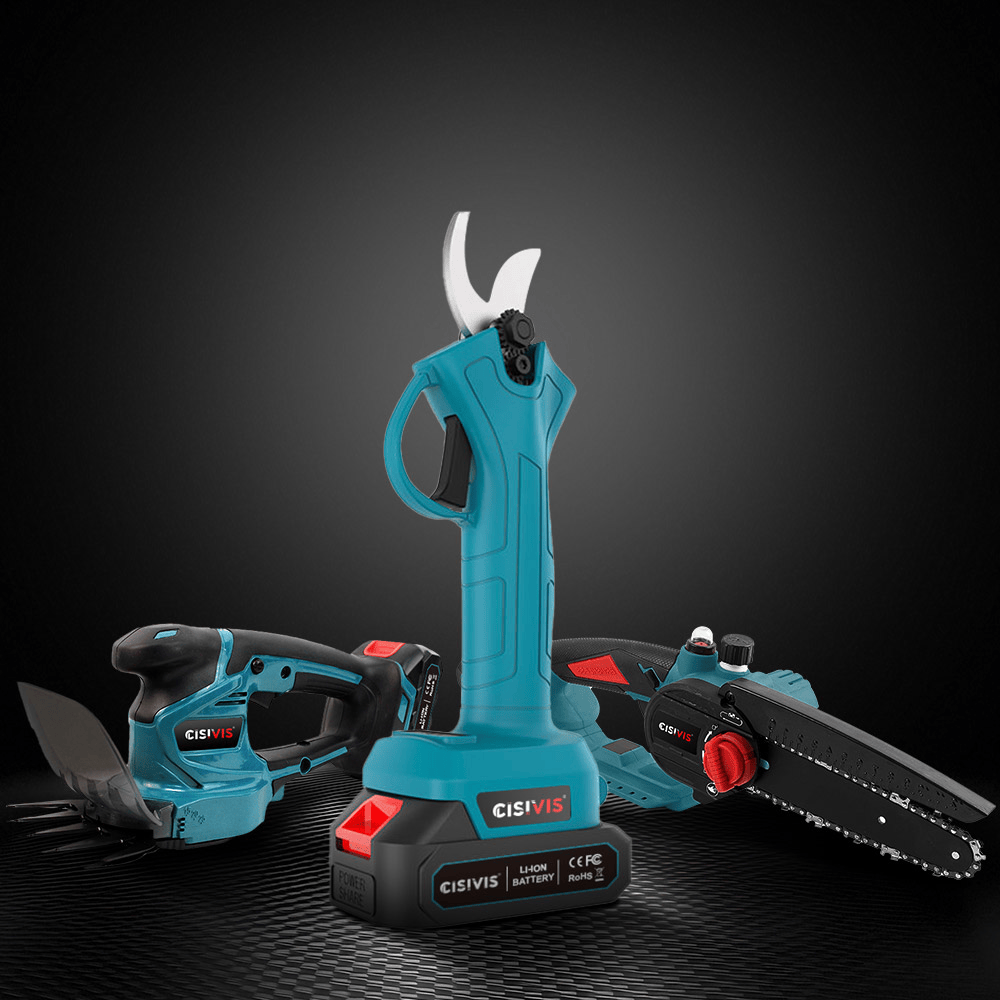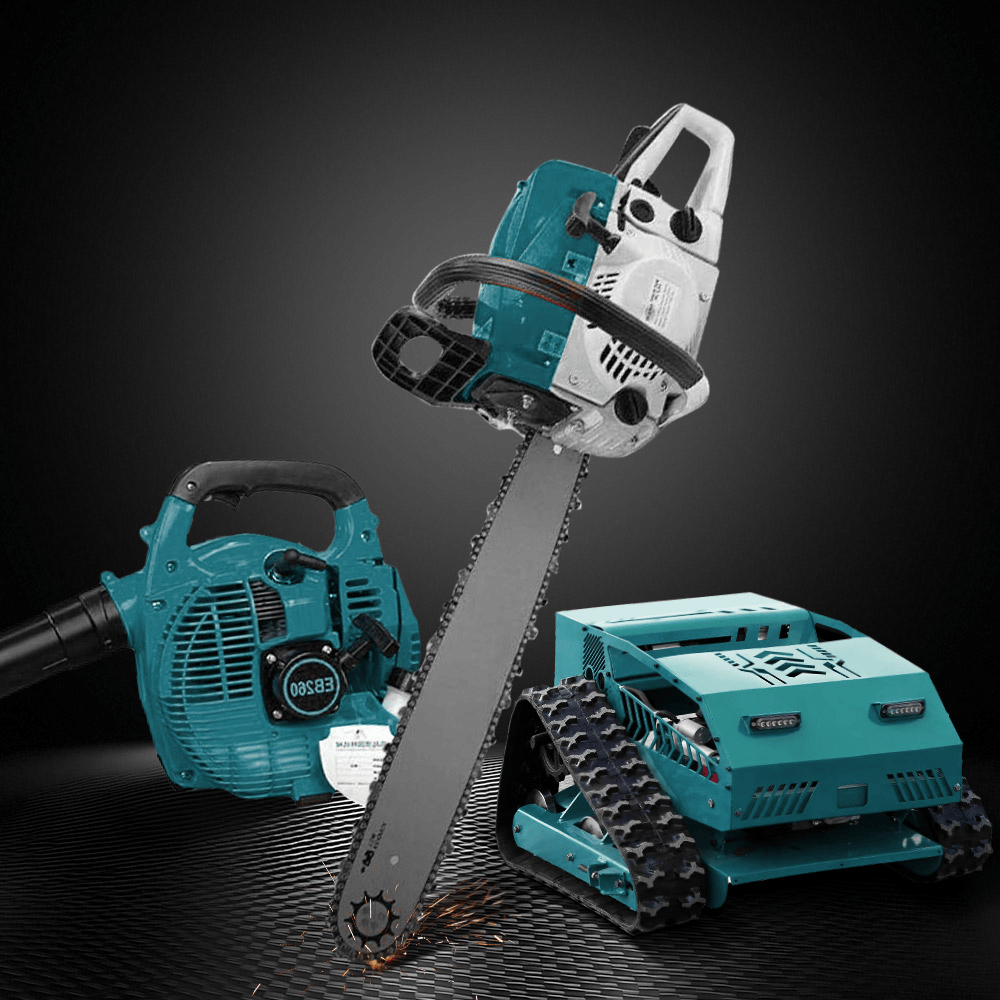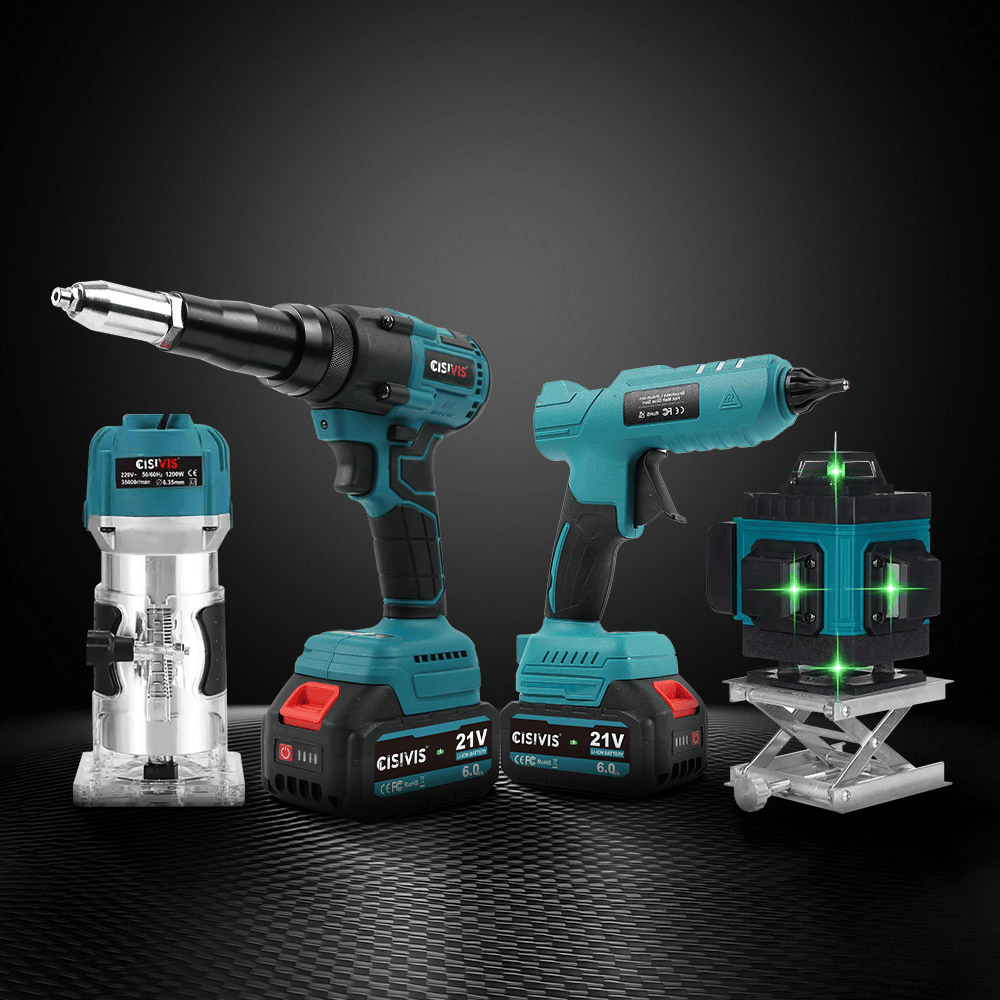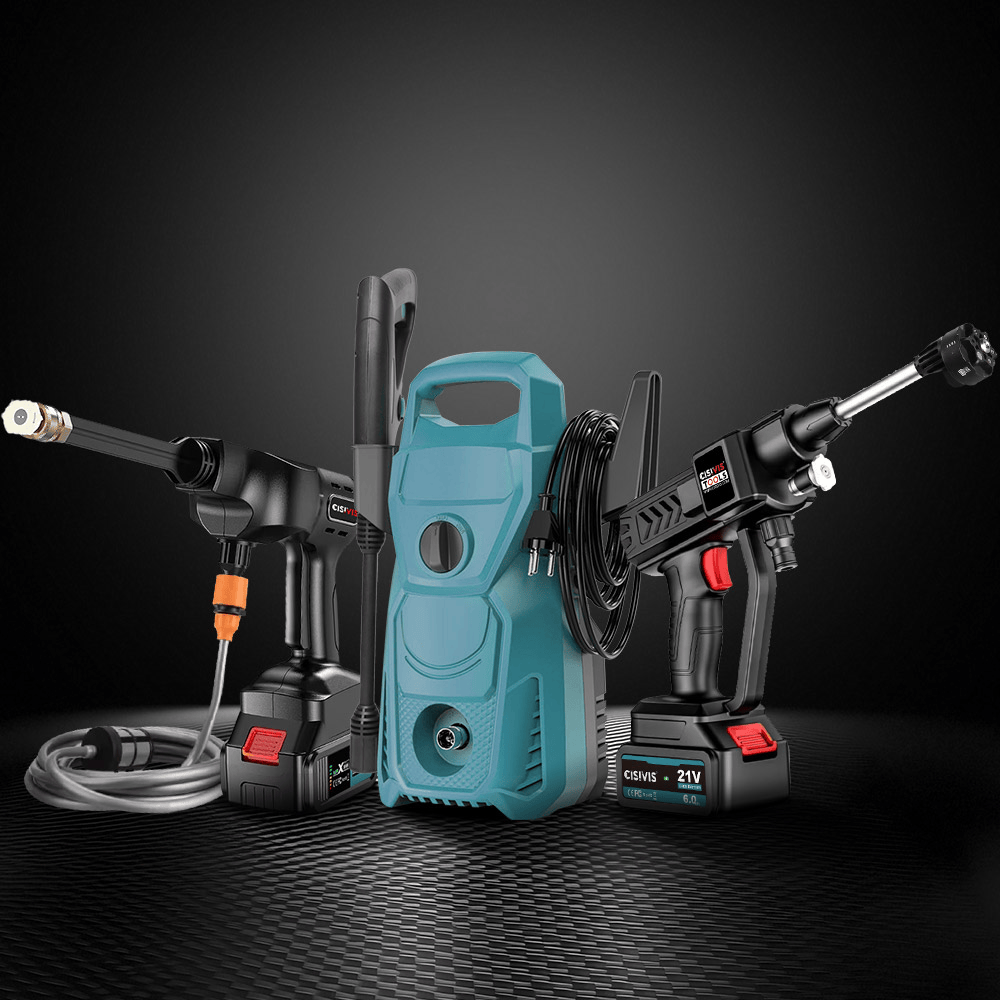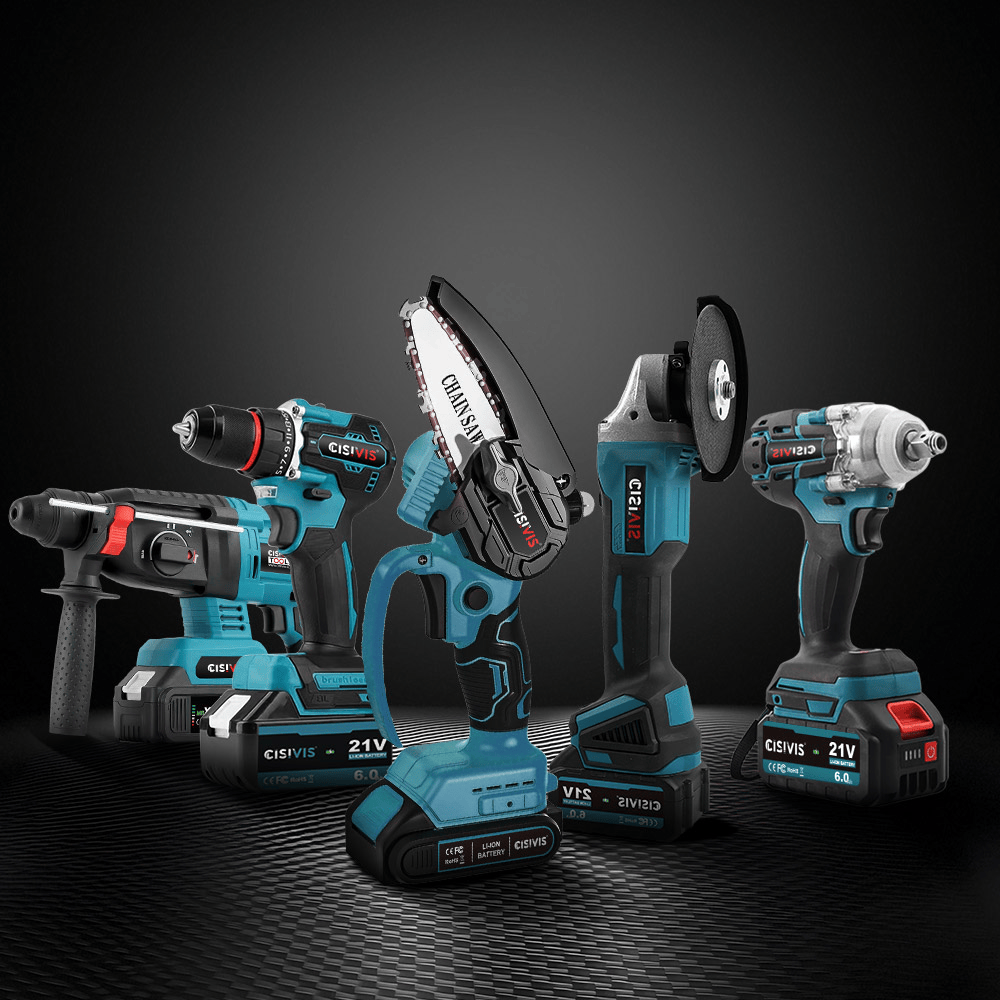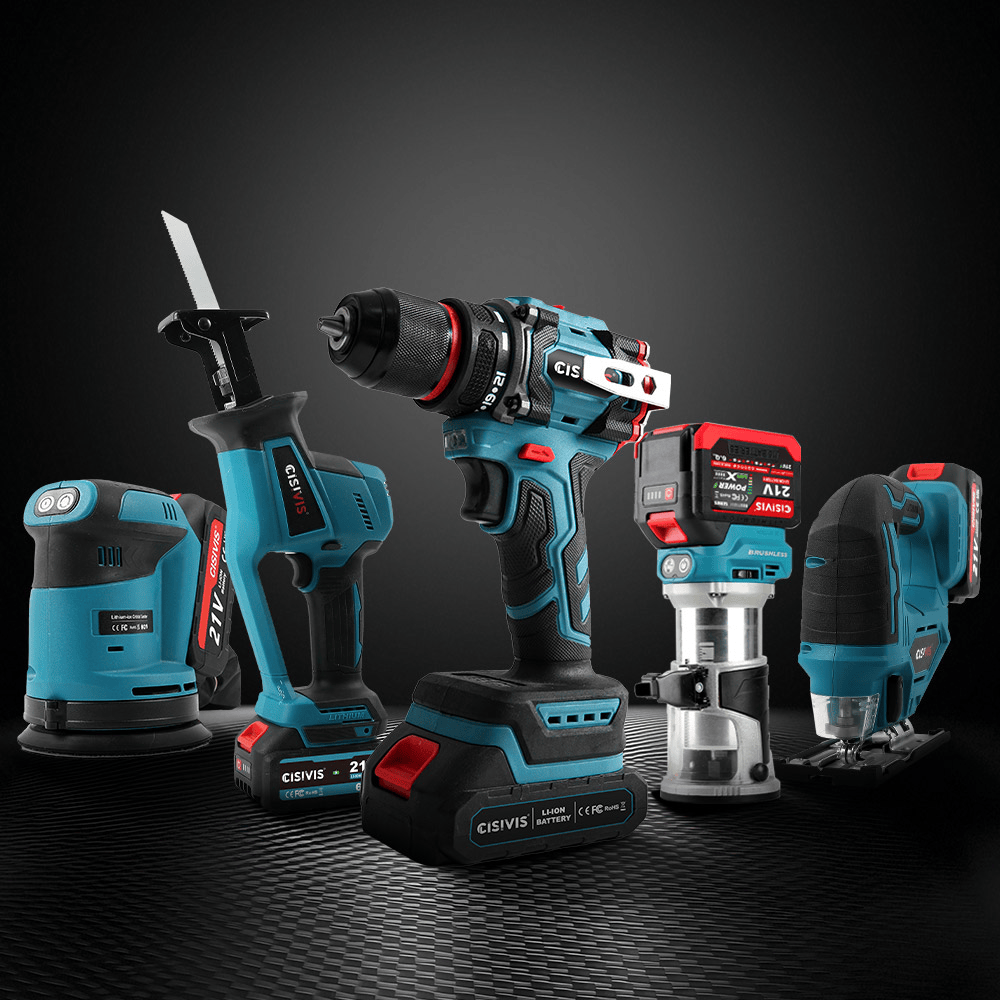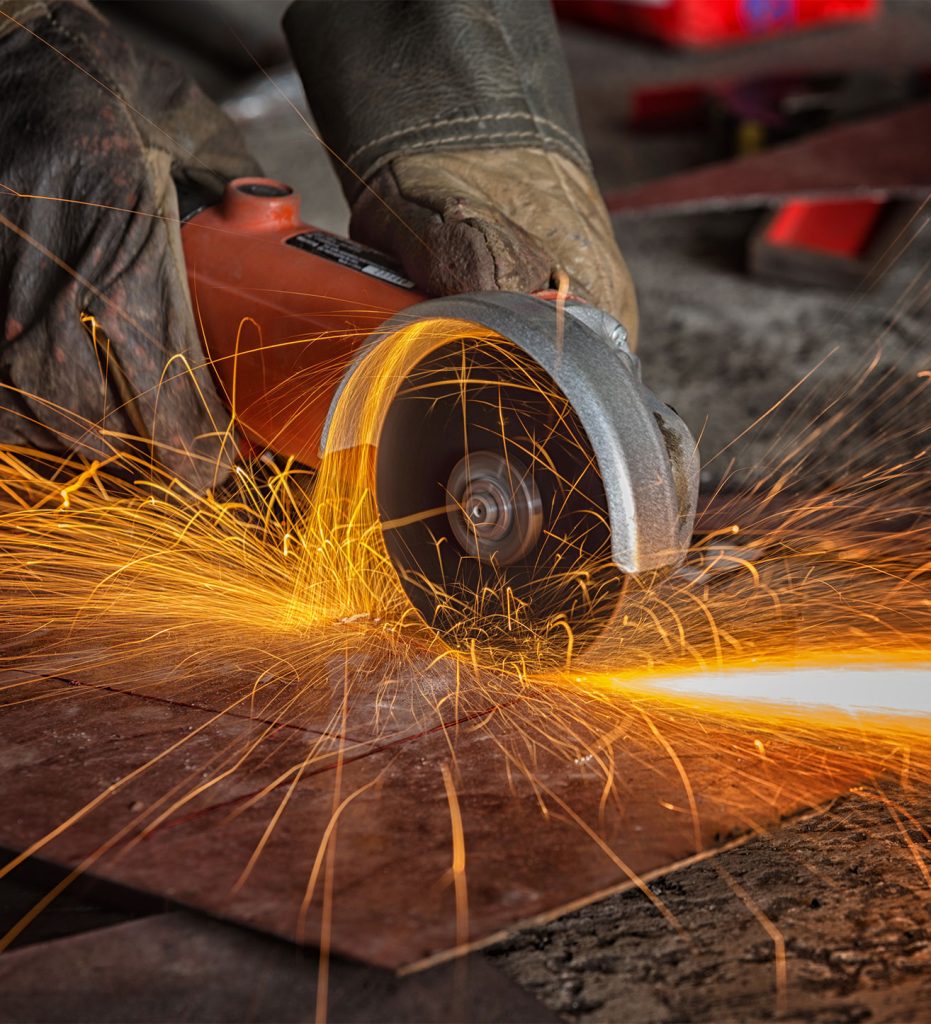- Cordless Drill
- Cordless Impact Drill
- Cordless Impact Wrench
- Cordless Ratchet Wrench
- Cordless Impact Driver
- Cordless Screwdriver
- Cordless Hammer Drill
- Cordless Angle Grinder
- Cordless Circular Saw
- Cordless JigSaw
- Reciprocating Saw
- Laser Level
- Cordless Polishers
- Cordless Pressure Washer
- Cordless Heat Gun
- Cordless Spray Gun
- Lithium Battery & Charger
- Power Tool Set
Saw Chain Sharpening Angles Guide for Clean and Efficient Cutting
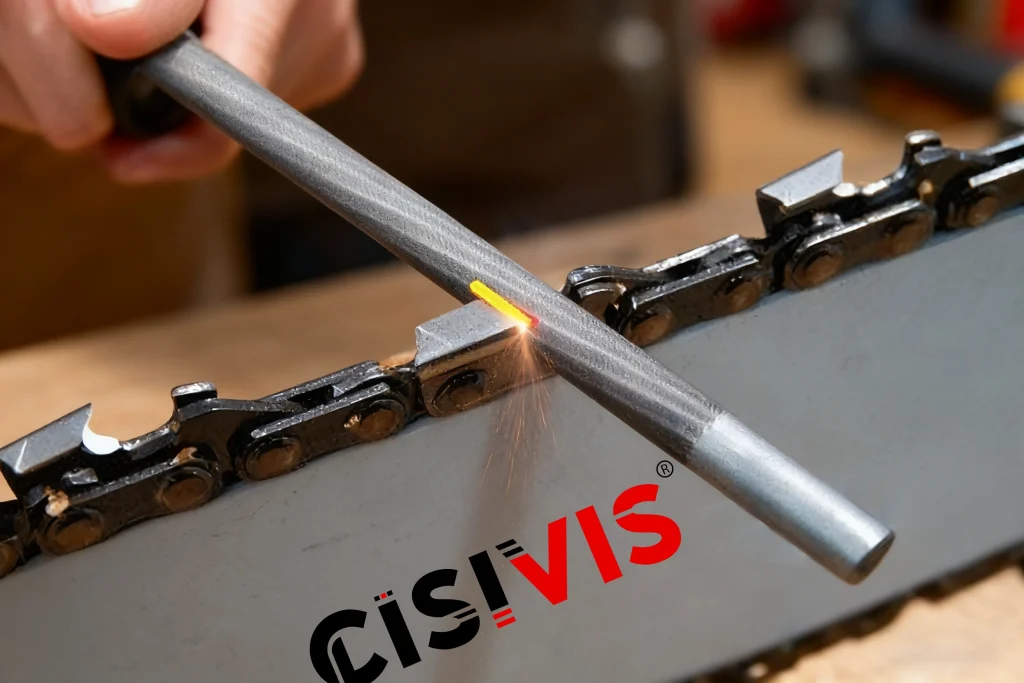
Why the Right Sharpening Angle Matters
A chainsaw cuts well only when the chain is sharp and set at the correct angle. Many users sharpen their chains but still feel the cut is slow or rough. The reason is usually the wrong sharpening angle, not just dull teeth. A wrong angle increases friction, wastes battery power, and may even cause kickback.
For cordless chainsaws, angle accuracy matters even more. A correct angle reduces cutting resistance and extends runtime. This guide explains the best chainsaw sharpening angle for most modern chains, especially for cordless electric saws like the CISIVIS cordless chainsaw.
Ideal Sharpening Angle Reference
Most standard chains perform best at a 30° top plate angle. This angle gives a clean slicing motion and lowers resistance. It is the best choice for cordless chain saws that rely on stable torque and efficient power use.
| Angle / Component | Recommended Setting | Purpose |
|---|---|---|
| Top Plate Filing Angle | 30° | Best balance between speed and control |
| Side Plate Angle | Fixed by guide (around 85°) | Affects how deep the cutter bites |
| Down Angle (Tilt) | 0°–10° | More angle helps in frozen or hardwood |
| Depth Gauge Height | 0.6 mm / .025" | Controls bite depth and vibration risk |
Technical Reason: Why 30° Is the Standard Angle
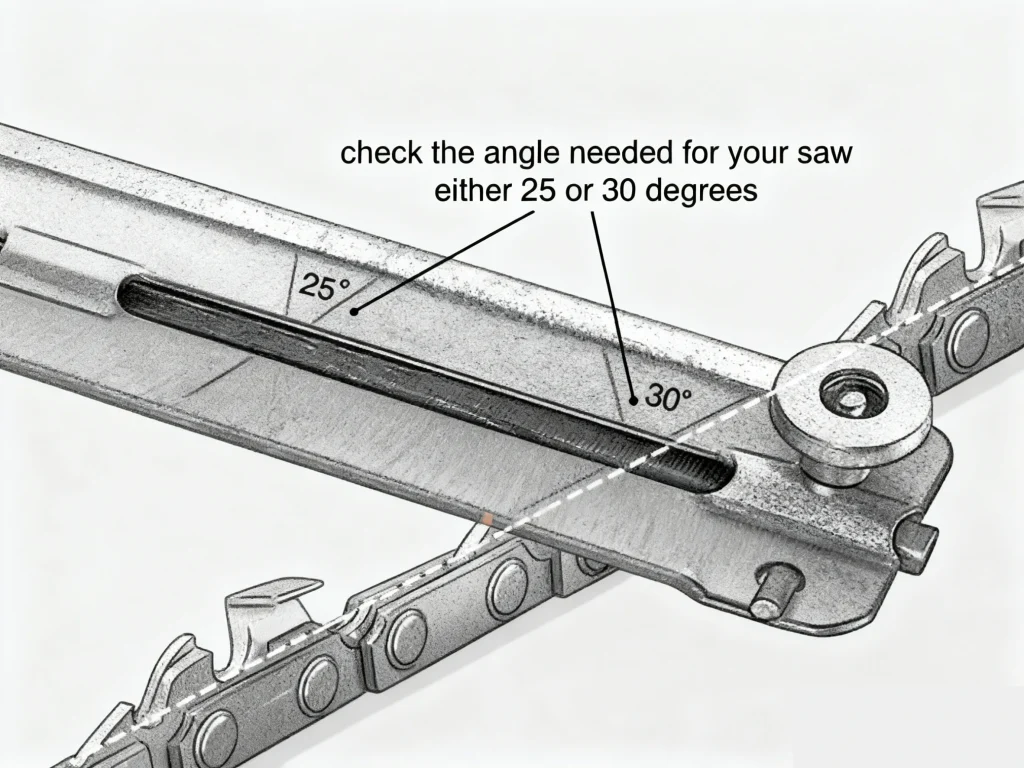
A 30° angle creates a clean slicing action into the wood. It forms a balance between cutting speed and smooth operation. If the angle is steeper than 35°, the chain cuts faster but becomes harsh and may drain battery faster. If the angle is below 25°, the chain scrapes instead of slicing, making fine dust instead of wood chips.
Cordless chainsaws rely on efficient power transfer. The 30° setup keeps friction low and allows you to cut more with the same battery charge. This angle is also recommended by most professional maintenance guides and works for both softwood and general hardwood.
How to Sharpen a Chainsaw at the Correct Angle
Follow these steps to keep the sharpening angle precise and consistent:
- Secure the Chainsaw
Lock the chain using the brake and place the saw on a stable workbench. - Identify the Top Plate Mark
Most modern chains include a small line that shows the correct angle. Align your file with it. - Hold the File at 30°
Keep the file level and maintain the same motion. Do not change the angle during the stroke. - Sharpen from Inside to Outside
Push the file smoothly outward. Do not drag it back and forth. - Apply Even Strokes
Use about five strokes per cutter. Count to keep both sides consistent. - Switch Sides After One Round
Sharpen all left-facing teeth first, then turn the saw or your position to sharpen the right-facing ones. - Check the Depth Gauge
After sharpening, place a gauge tool and adjust it to 0.6 mm (.025") if needed.
Angle Adjustment Guide for Different Cutting Conditions
| Wood Type / Cutting Scenario | Recommended Top Plate Angle | Down Angle | Note |
|---|---|---|---|
| Softwood / Clean Wood | 30° | 0°–5° | Ideal for smooth and fast cutting |
| Hardwood / High Density | 30°–35° | 5°–8° | Slight increase helps bite deeper |
| Frozen Wood / Icy Logs | 35° | 10° | Sharper angle improves penetration |
| Dirty or Sandy Wood | 30° | 0°–5° | Clean often, dulls faster |
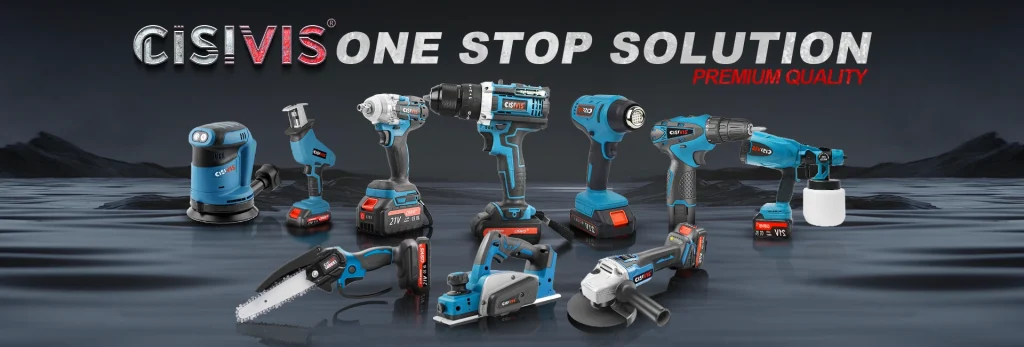
Common Sharpening Mistakes to Avoid
- Using Different Angles on Each Tooth
Inconsistent angles cause vibration and uneven cutting. - Over-Sharpening One Side More Than the Other
This may cause the chain to pull to one direction. - Filing with Too Much Pressure
Heavy pressure removes too much material and ruins the cutting edge. - Ignoring the Depth Gauge
A sharp cutter with the wrong depth gauge still cuts poorly. - Using a Blunt or Wrong Size File
Always match the file to the chain pitch.
FAQ Section
What tools do I need to sharpen my chainsaw?
You can use a round file with a guide, or an electric sharpener. For cordless chainsaw users, a hand file is often enough for quick touch-ups in the field.
How do I know my sharpening angle is correct?
Check the top plate line and compare against a 30° guide. You should also see even and shiny cutting edges.
How often should I sharpen my chain?
Sharpen lightly after every hour of cutting or whenever you see fine dust instead of wood chips.
Should I oil the chain after sharpening?
Yes, lubrication reduces friction and heat. It also prevents premature wear.
How do I check if my depth gauge is correct?
Use a depth gauge tool. Slide it over the chain. If the tooth sticks out above the tool, file it down slightly.
Why Choose CISIVIS
For users who want a cordless chainsaw that matches efficient angle sharpening and stable cutting torque, consider our solution:
If you need professional support or want to request a quote:

- CISIVIS Strengths: With over 6 years of experience in power tool R&D, we consistently provide high-quality solutions to customers worldwide. Our technical accumulation and product capabilities have been validated by the market over the long term.3,000 m² factory with advanced machinery and strict quality control; ensures precision and efficiency, with a daily output of over 10,000 units for reliable bulk order fulfillment.
- Product Type: Full range of power tools, including cordless drills, impact drills, impact wrenches, angle grinders, circular saws, jigsaws, chainsaws, lawn mowers, car washers, laser levels, cordless trimmers, polishers, paint sprayers, heat guns, etc.
- Custom Services: Offers OEM/ODM services to meet diverse market needs.

